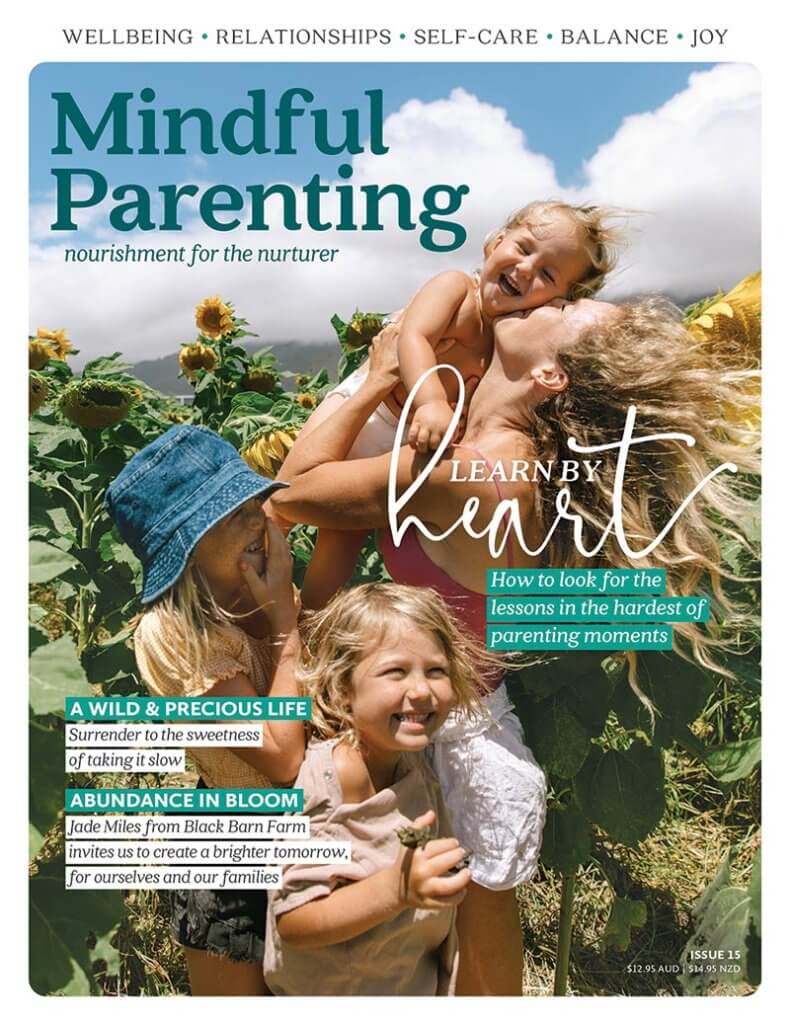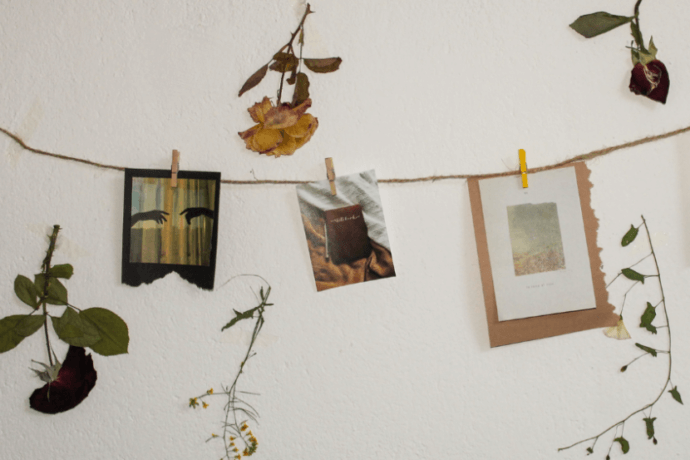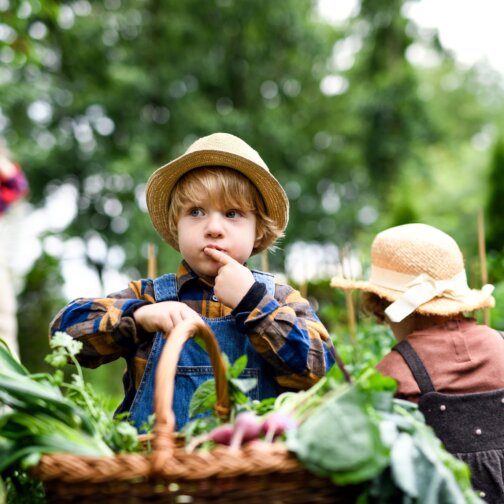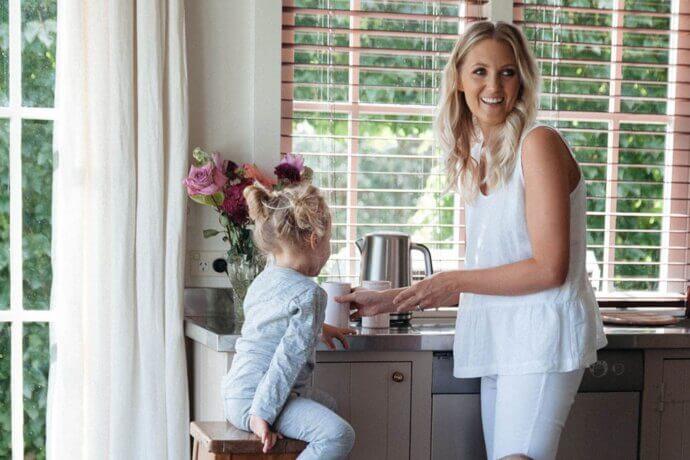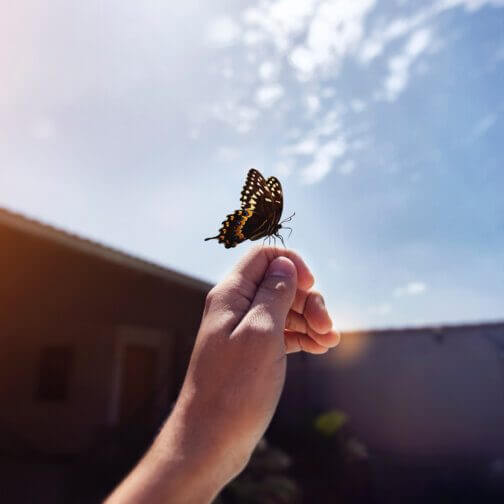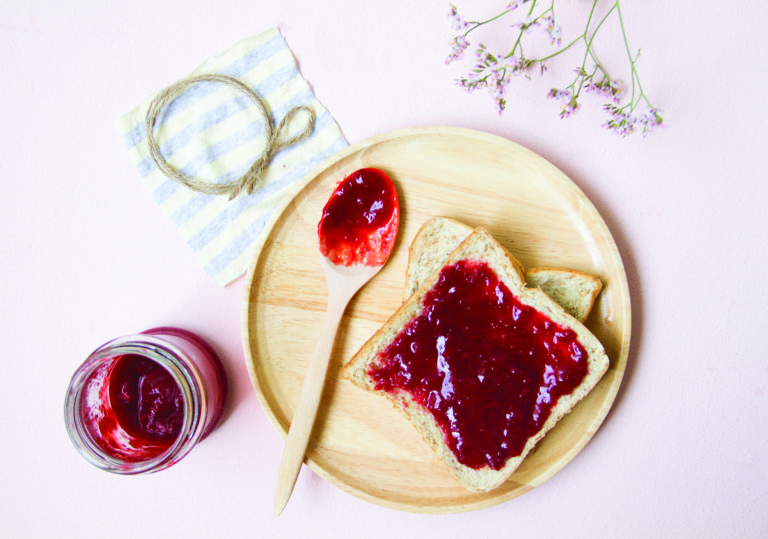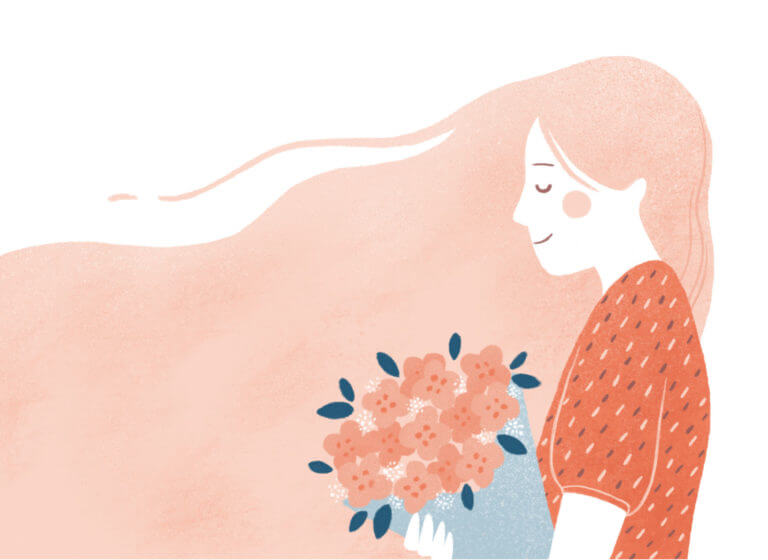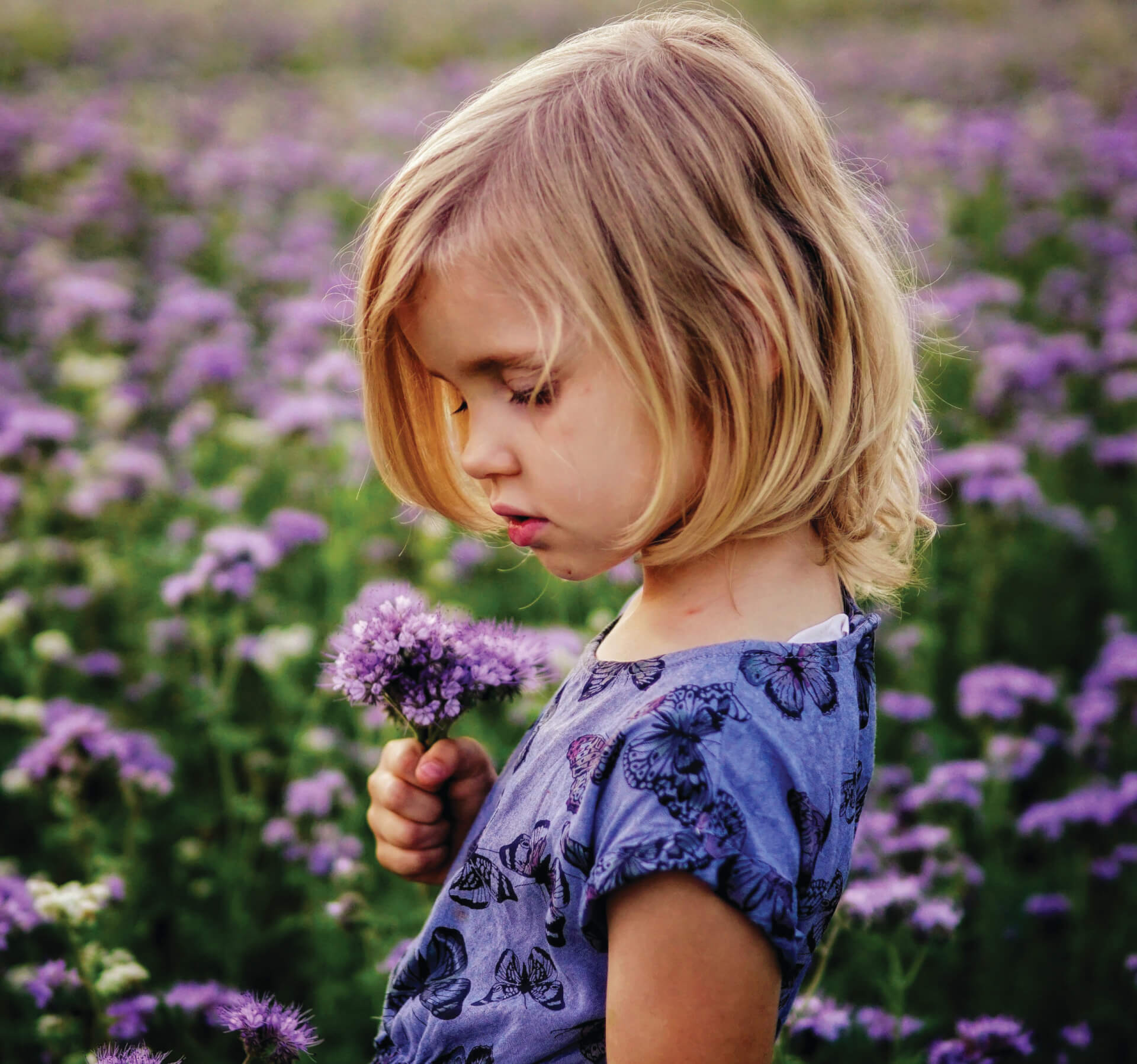
Let me tell you about the birds & the bees
This year, a mini miracle happened in our back garden. Weeks of rain exploded our wattle tree in fuzzy yellow blossoms and for the first time in three years, our garden was teeming with insects. Native bees, honeybees, butterflies and dragonflies circled our beautiful tree and I was reminded of my childhood… when sights like this were seasonal rather than rare.
Adulthood has taught me that the garden of my youth – that seemed to blossom by magic overnight each year – was actually a thoughtfully cultivated patch my parents tended with care. Looking at the jewel-coloured butterflies, it was clear to me. If I wanted my son to care about the Earth, to feel connected to it as I do, he needed to know what it was like to discover a chrysalis or have a ladybird land on his nose.
It was time to create a flowering family garden.
BEES UNDER THREAT
“Although most grain crops are wind-pollinated, roughly one third of Australia’s food production relies on the pollination of insects like bees. Without managed honeybees from professional and urban beekeepers, many of our crops (such as cherries and almonds) would have massive failures,” says author, forester and professional beekeeper, Mark Leech.
Although Australia’s honeybee population hasn’t been devastated by colony collapse disorder – a disease whereby worker bees abandon the hive, leaving behind the queen bee, food, and the immature bees to fend for themselves – the way they have in Europe, bees remain under threat from agricultural farming and household gardening practices, Leech warns. A lack of biodiversity in crops, use of bee-harming chemicals and a trend for low-maintenance, non-flowering backyard plants has meant a decrease in available forage for bees and insects.
After a particularly devastating 2019 bushfire season which destroyed much of our commercial apiary industry’s forage, there has been a growing call for our gardens to include insect-friendly flowering plants. “Planting a bee-friendly garden can absolutely help our honeybee, native bee and insect population. Even the smallest garden or balcony can contribute by growing vegetables, herbs, native and exotic flowering plants and where possible, fruit trees and berries,” says Leech.
BEE-FRIENDLY BENEFITS
The benefits of cultivating a beautiful garden extend past the environmental according to Narelle Happ, a landscape designer and ambassador for Plant Life Balance (an app designed to help you optimise plants in your home). “Studies have shown that simply seeing plants or being surrounded by them can be an effective mechanism for dealing with stress… a big factor in our current lives. The practice of gardening allows for much-needed quality time away from indoors and screens. It teaches us and our children patience as we watch plants grow, an appreciation for wildlife and their needs plus what is involved in growing our own food,” she says.
With the disconnect children experience between farm and table, taking the time to involve them in planning your planting can be a valuable, practical learning opportunity. By explaining to them that we need to consider insects, we help bridge their understanding of our reliance on pollinators to help grow the food we eat and keep our natural environment healthy.
BECOMING BEE FRIENDLY
If you’re a novice like myself, the thought of beginning a garden can be daunting. When should you plant? What should you plant? How do you keep it all alive? “It’s important to remember that like any hobby, gardening is a learning curve,” says Happ. “Head online, explore your own areas of interest and start small. You can expand from there.”
In my personal experience, local gardening clubs, community gardens and Facebook groups are full of friendly, experienced green thumbs and beekeepers keen to share their expertise and help you make an easy start with your new venture.
Start small and keep yourself engaged with a manageable patch of your favourite culinary herbs, flowers with blooms you are attracted to or scents that soothe your soul. Create a space that can be a haven for your family – as well as local wildlife. Often, the same things that attract insects, namely colour and scent, are the very things that ignite our senses and calm our busy minds.
Tips for insect-friendly gardens
If you would like a blooming, edible garden full of butterflies and bees this spring, take a look at horticulturalist, Narelle Happ’s top tips for planning an insect-friendly backyard:
* Ensure you include local plant species from your area.
* Plant for all insects and include a diversity of habitats and nectars.
* Include plants that flower in all different seasons to support wildlife year-round.
* Use logs, rocks and even consider a small pond to attract insects to the garden.
* Outside of their natural landscape, some native plants can act as weeds. Check with your local council or nursery that native species you select are appropriate for your area.

